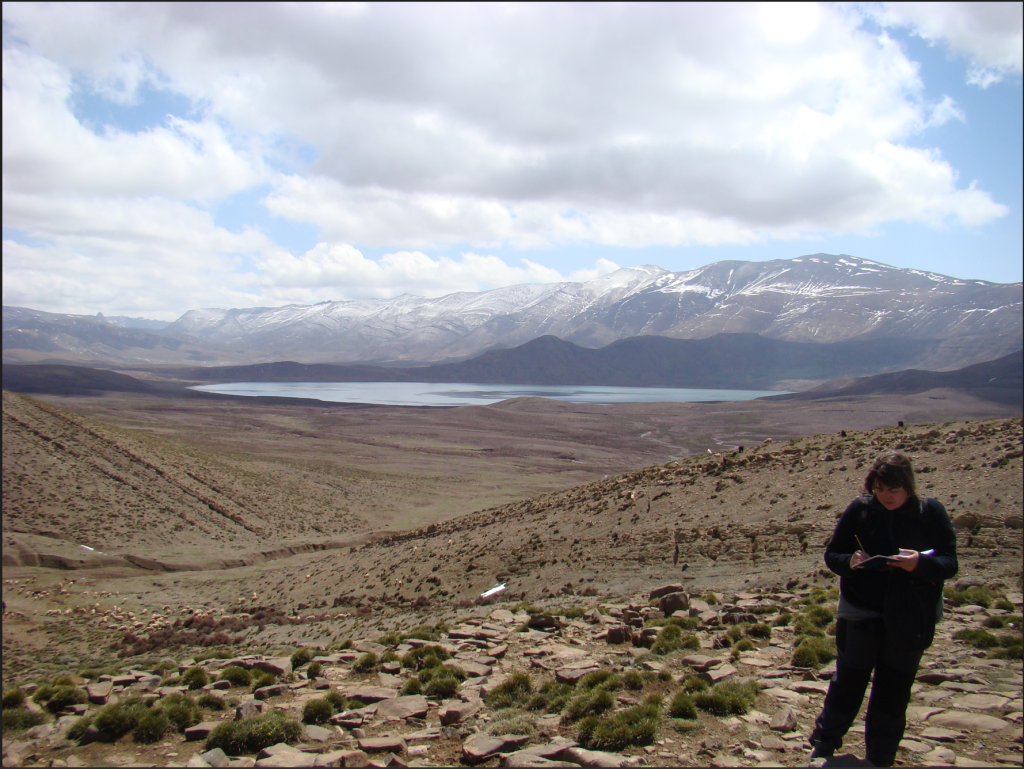
- This event has passed.
Mar Moragas Rodriguez
What can we learn from salt-basins field analogues? The Moroccan Central High Atlas revisited
Mar Moragas (Postdoktor ZechTec project, GBS)
The Central High Atlas was classically regarded as a failed Mesozoic rift arm subject to Alpine inversion, folding and thrusting with just isolated diapir structures reported. Compiled data from 4 years of field work in the Moroccan Atlas has revealed that the High Atlas region is a prolific salt-related rift basin with a complex network of salt structures and minibasins. To get a better understanding of the evolution of the basin, a multidisciplinary project was carried out by integrating sedimentary and structural observations, petrographic studies, geochemical analysis, and analogue and numerical modelling. In this presentation I will show some of the lessons learned from this diapiric system regarding the tectono-sedimentary evolution of the basin, subsidence analysis, linkage between pre- and post-salt deformation and diapir-controlled carbonate platform diagenesis.
 Photo is from the Lake Plateau minibasin, where a younger Mar was figuring out how this minibasin evolved during Jurassic times.
Photo is from the Lake Plateau minibasin, where a younger Mar was figuring out how this minibasin evolved during Jurassic times.